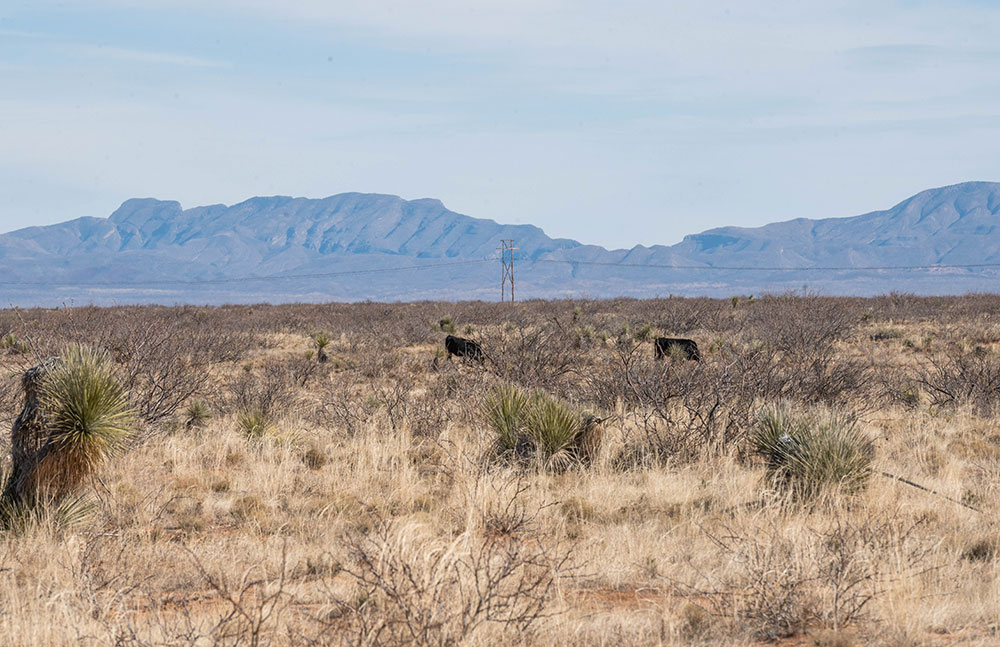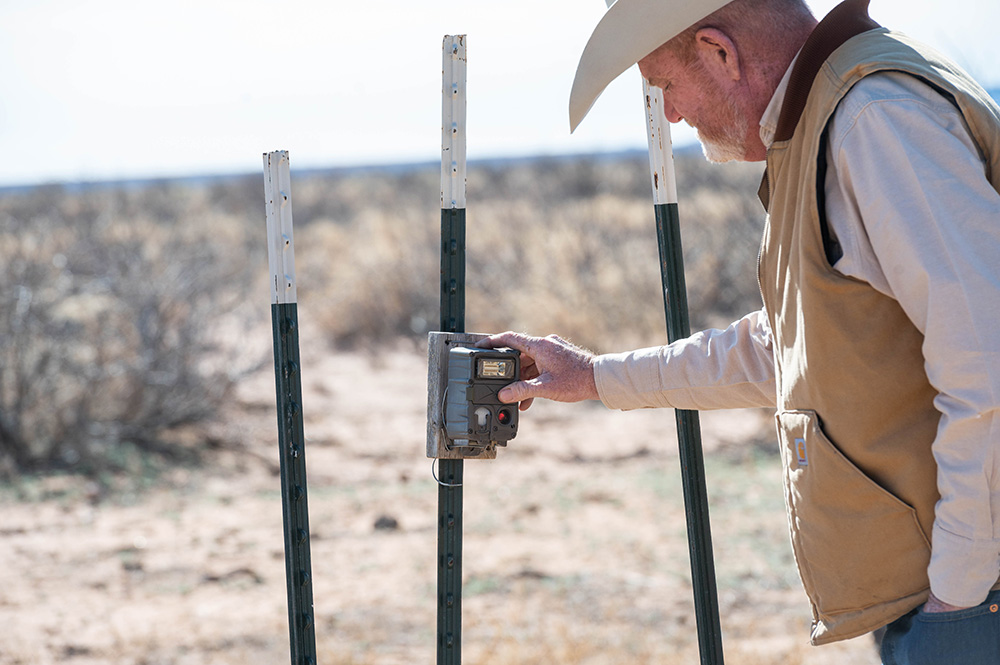Program Areas
Livestock Management
 |
Cattle production is a vital economic activity in NM, and ranchers have the potential to make more efficient management decisions to sustain animal health and forage resources in extensive, increasingly arid rangelands. Real-time analysis of shifts in animal activity and grazing patterns associated with declining forages, faculty water supply, parturition, health, or predation can be used to deploy warning systems that would eventually allow ranchers to intervene on daily to weekly time scales. The effects of dietary fat and roughage level on intake, growth performance, and immune function of newly received feedlot calves is also evaluated by researchers at the center. |
Range Forage
 |
Southwestern US rangelands are multi-use lands with strong ecological, economic, and social importance. In response to the effects of drought, land-use change, and other disturbances, restoration ecology is ranked among the most important fields in the coming century. Other research addresses the fundamental question about whether innate differences in livestock foraging behavior are of any consequence to the structure and functioning of desert plant communities. |
Ecosystems and Sustainability
 |
Native habitats, native wild herbivores, and domestic livestock can be negatively impacted by exotic species such as oryx. The CDRRC seeks to determine whether co-use of the oryx, for example, and cattle negatively impacts cattle use of or resource access on shared rangeland, and thus whether co-production is a viable sustainable management strategy. Balancing the needs of wildlife and domestic livestock and developing sustainable harvest strategies requires accurate population monitoring. |